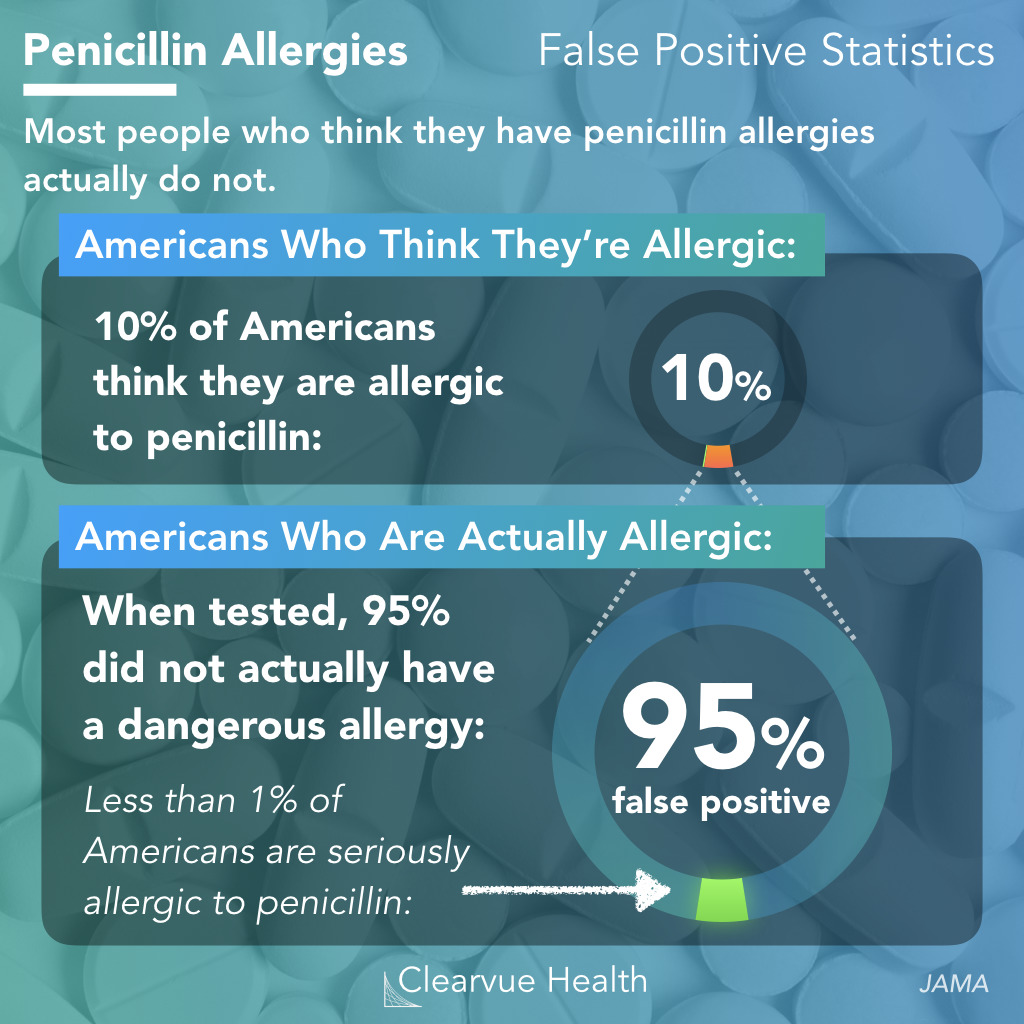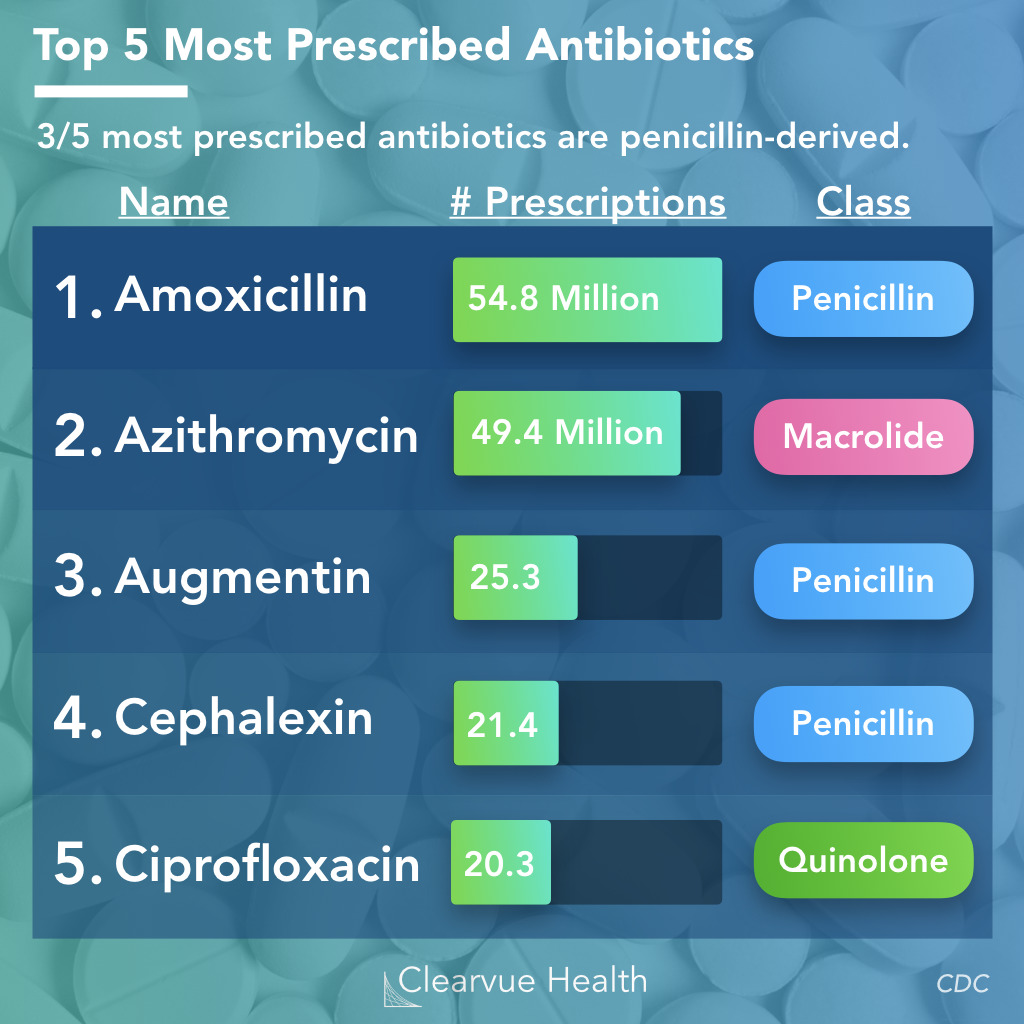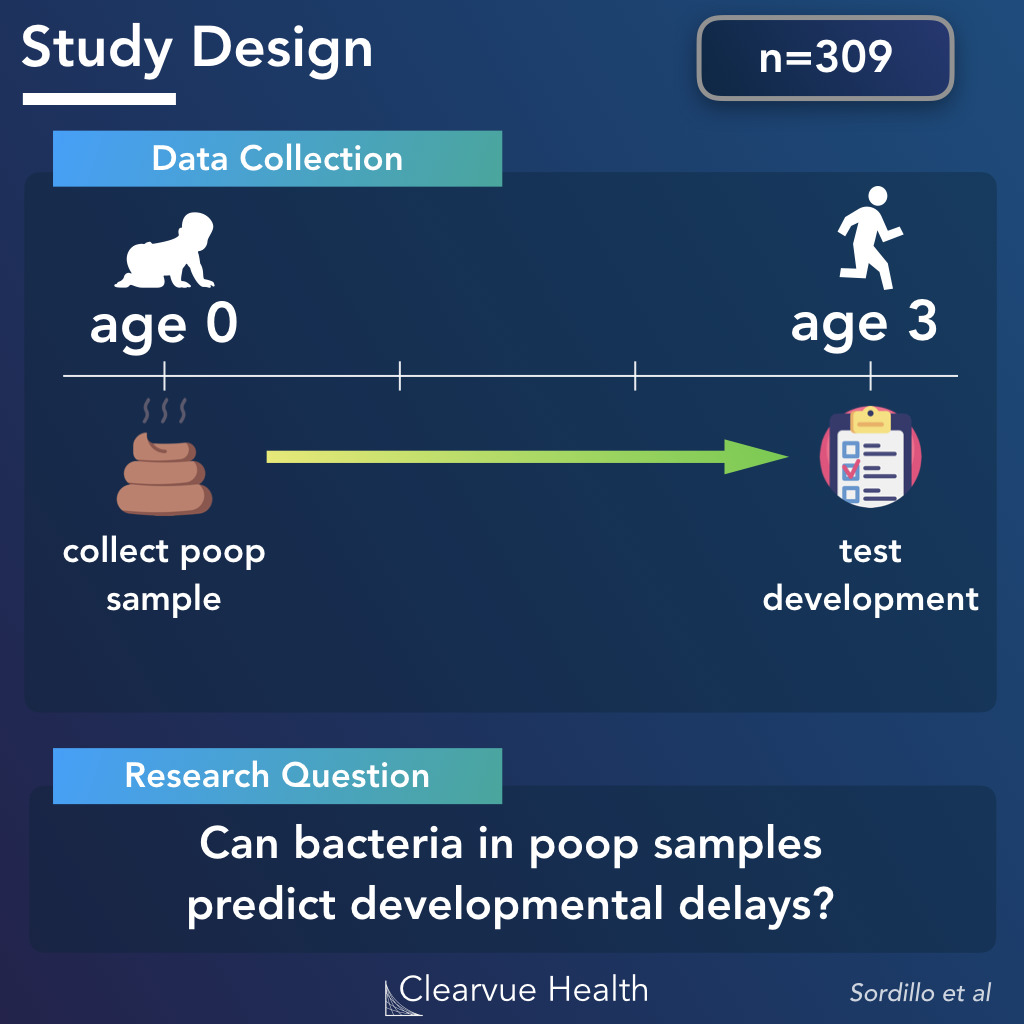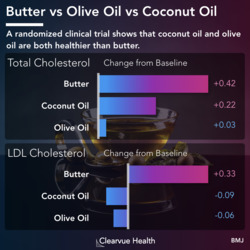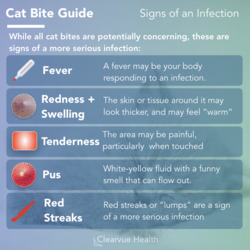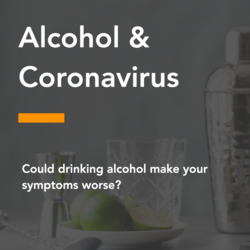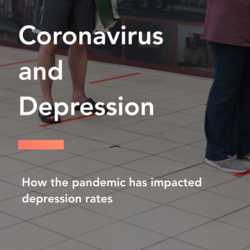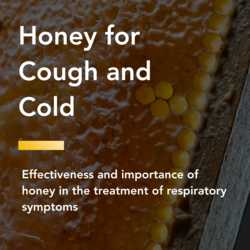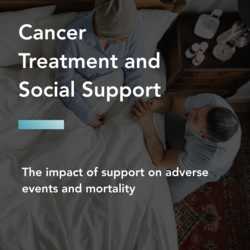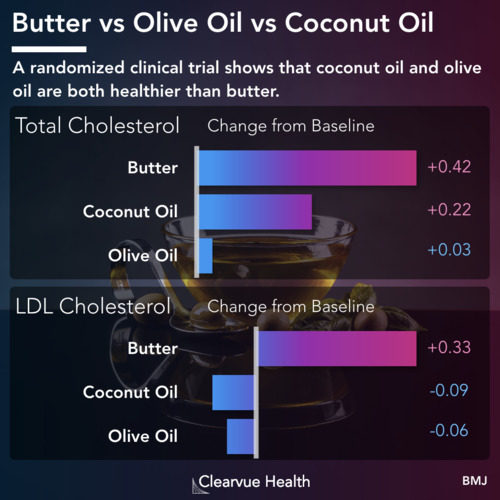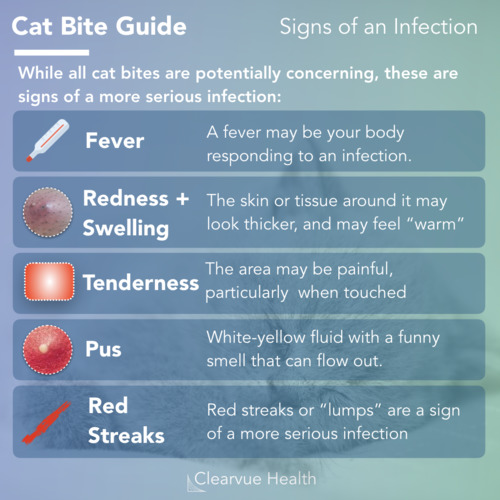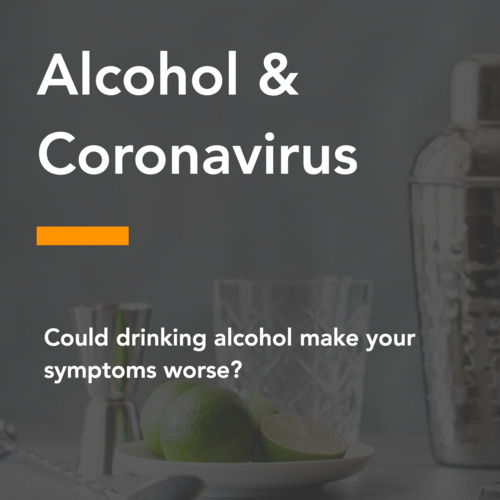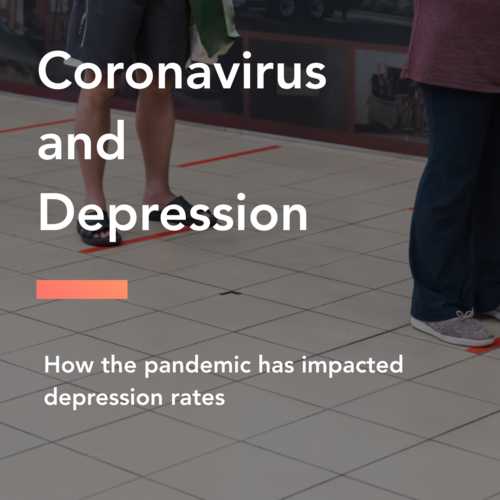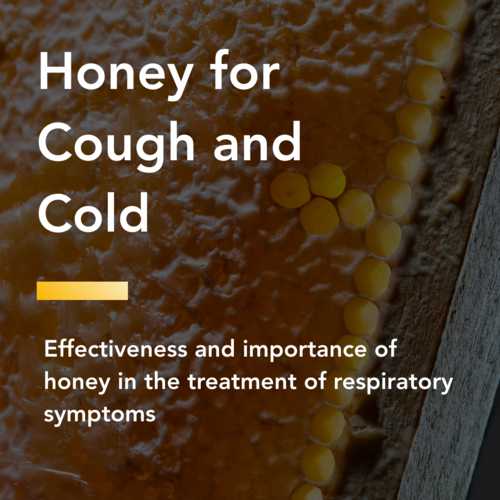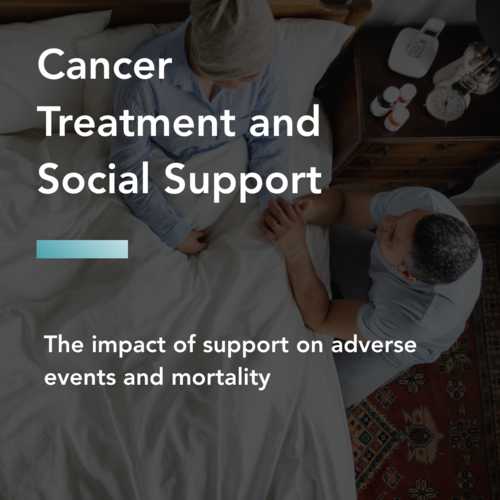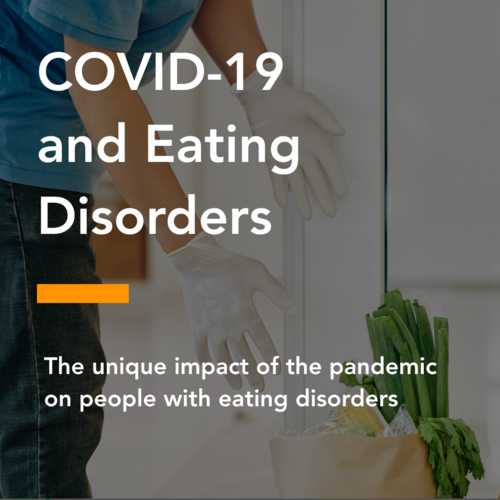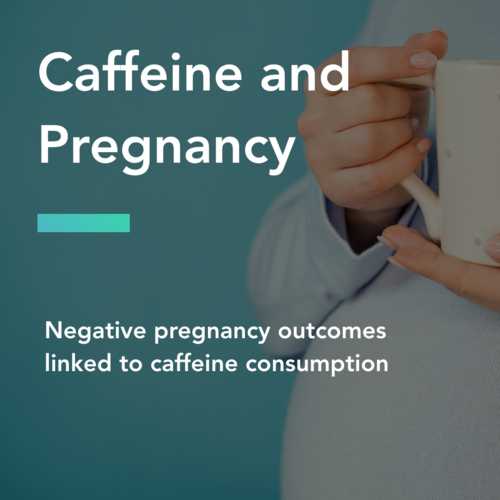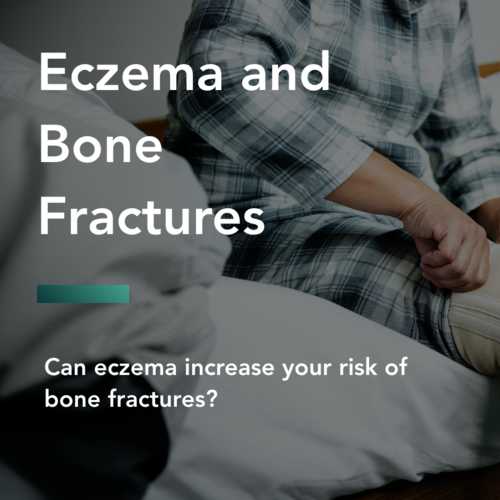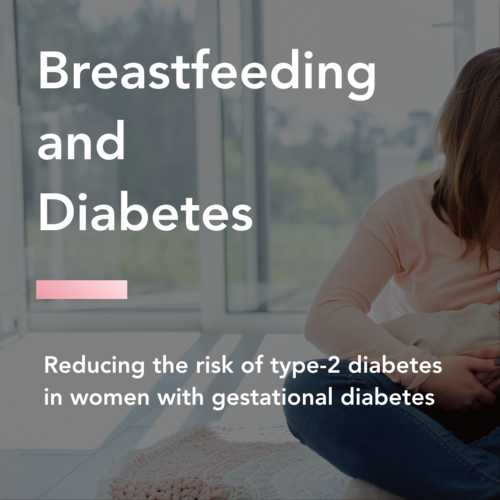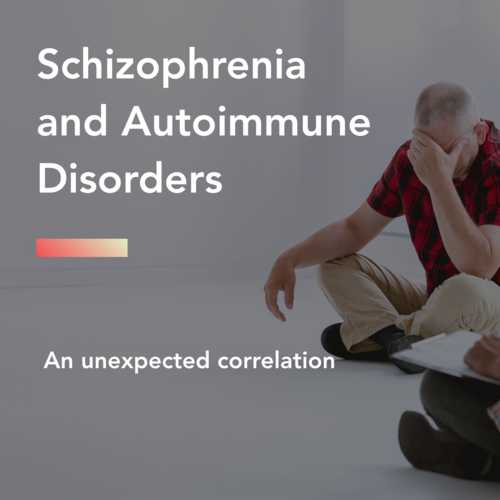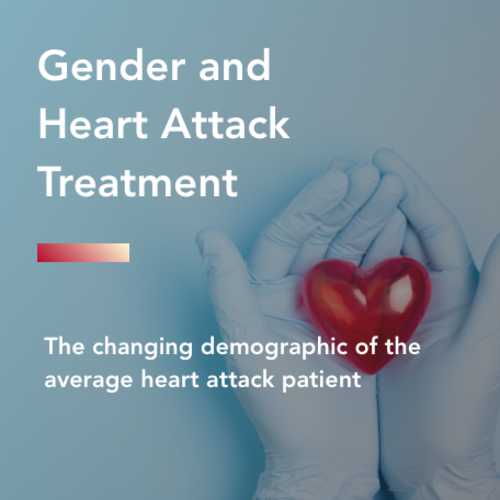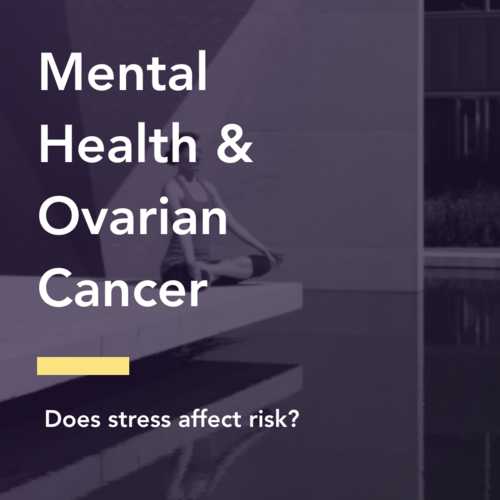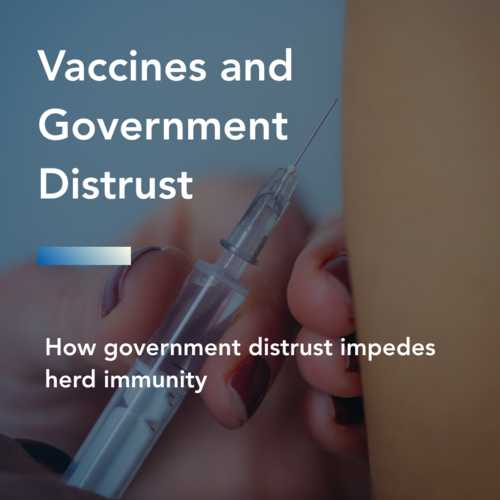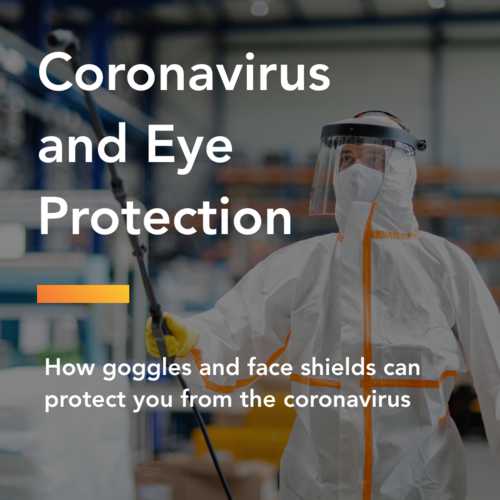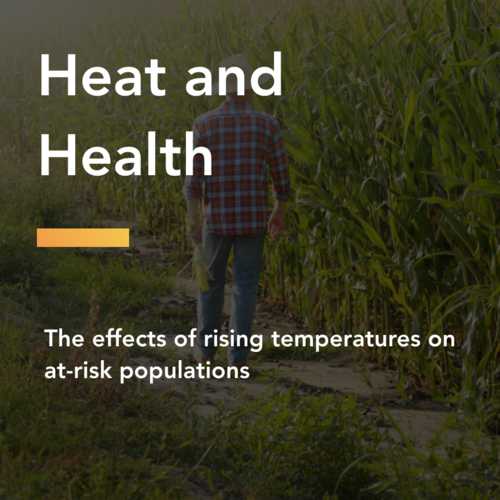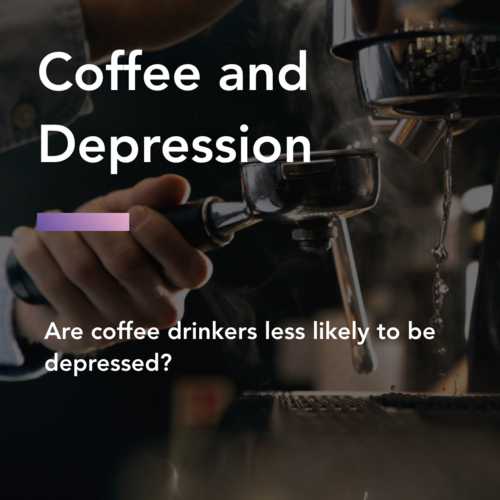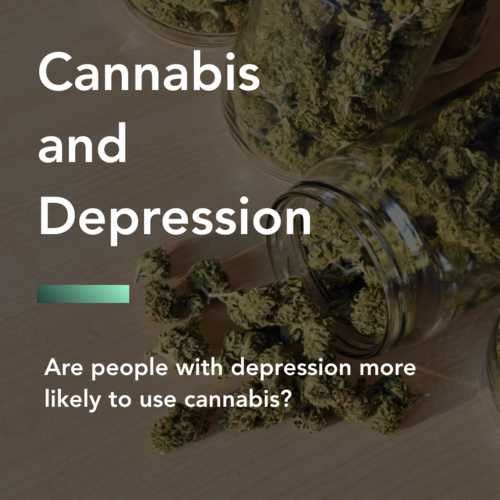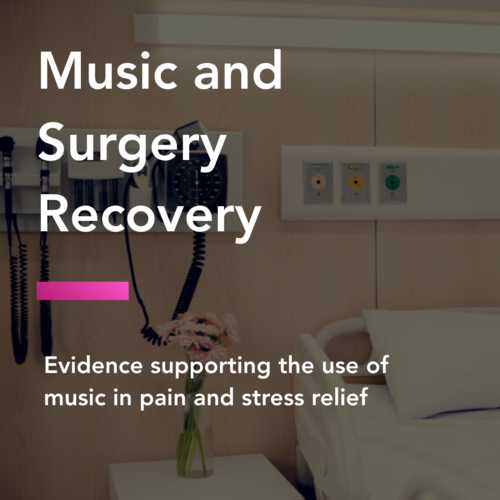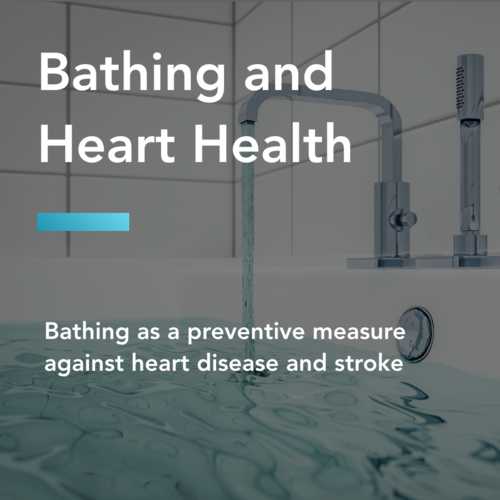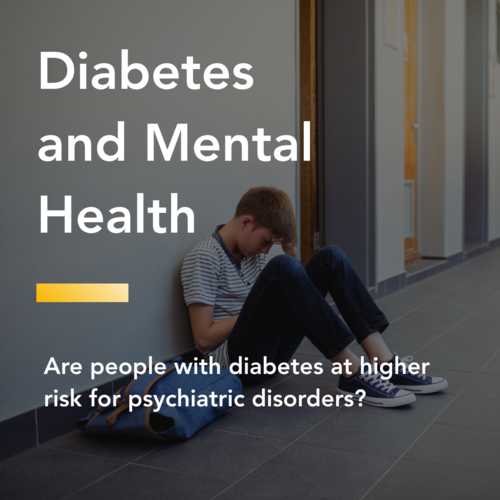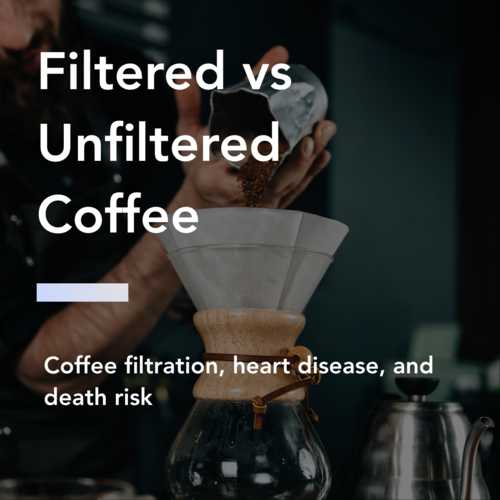The Science of Antibiotic Resistance
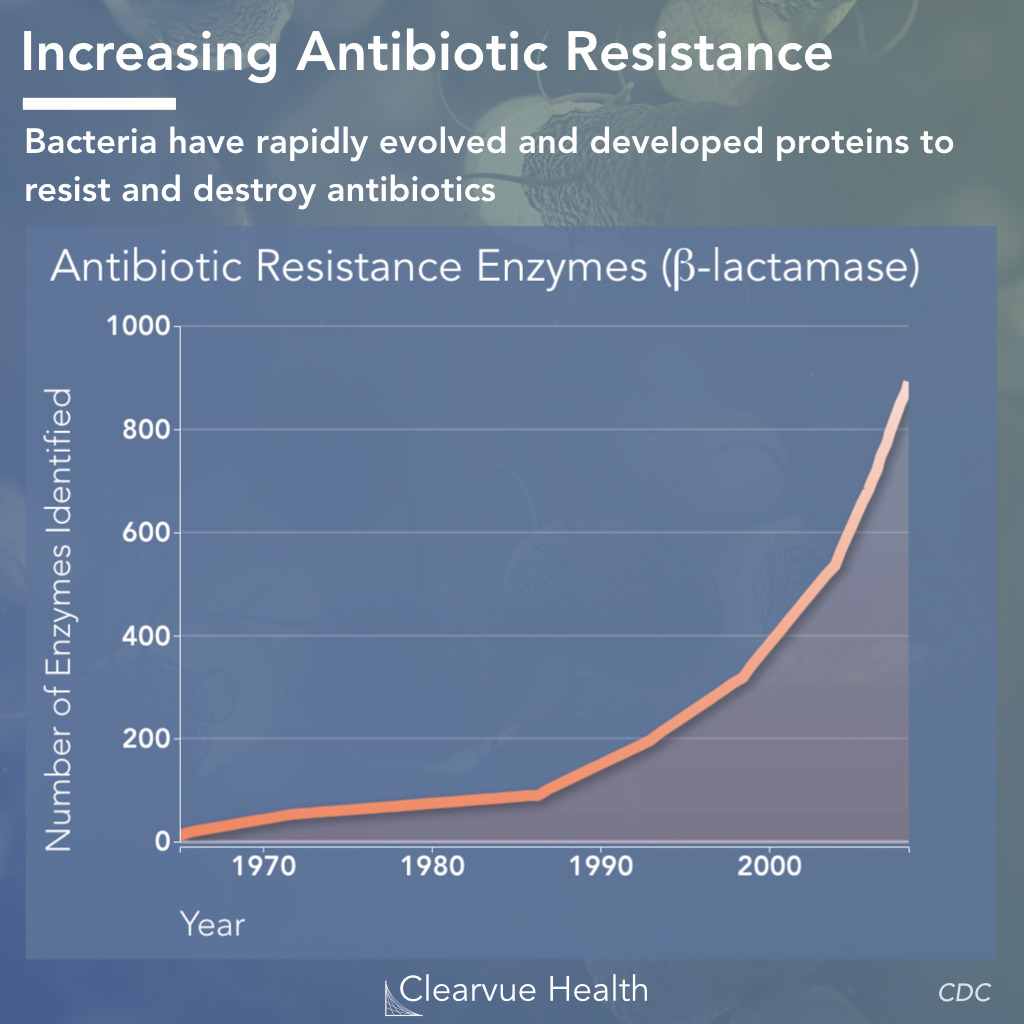
Figure 1: The Science of Antibiotic Resistance. Through rapid evolution, bacteria can develop proteins and enzymes that protect themselves and destroy antibiotics. This chart shows the cumulative number of unique beta-lactamase enzymes identified. Beta-lactamases are enzymes that can destroy the most critical component of many antibiotics.
Antibiotics are a miracle of science. Before antibiotics, infections used to be the leading causes of death. More people died from infections than cancer or heart disease. Today, most infections are readily curable for a healthy individual. What used to be a death sentence in the 1800s and 1900s is now curable with a few pills from CVS.
However, health experts are concerned about the rise of antibiotic resistance. Bacteria have evolved and developed new ways of resisting even our strongest antibiotics. As the chart above demonstrates, bacteria have developed nearly 800 proteins that can destroy a critical component of some of our best and most commonly used antibiotics.
Source: CDC Antibiotic/Antimicrobial Threats Report
New Antibiotic Approvals
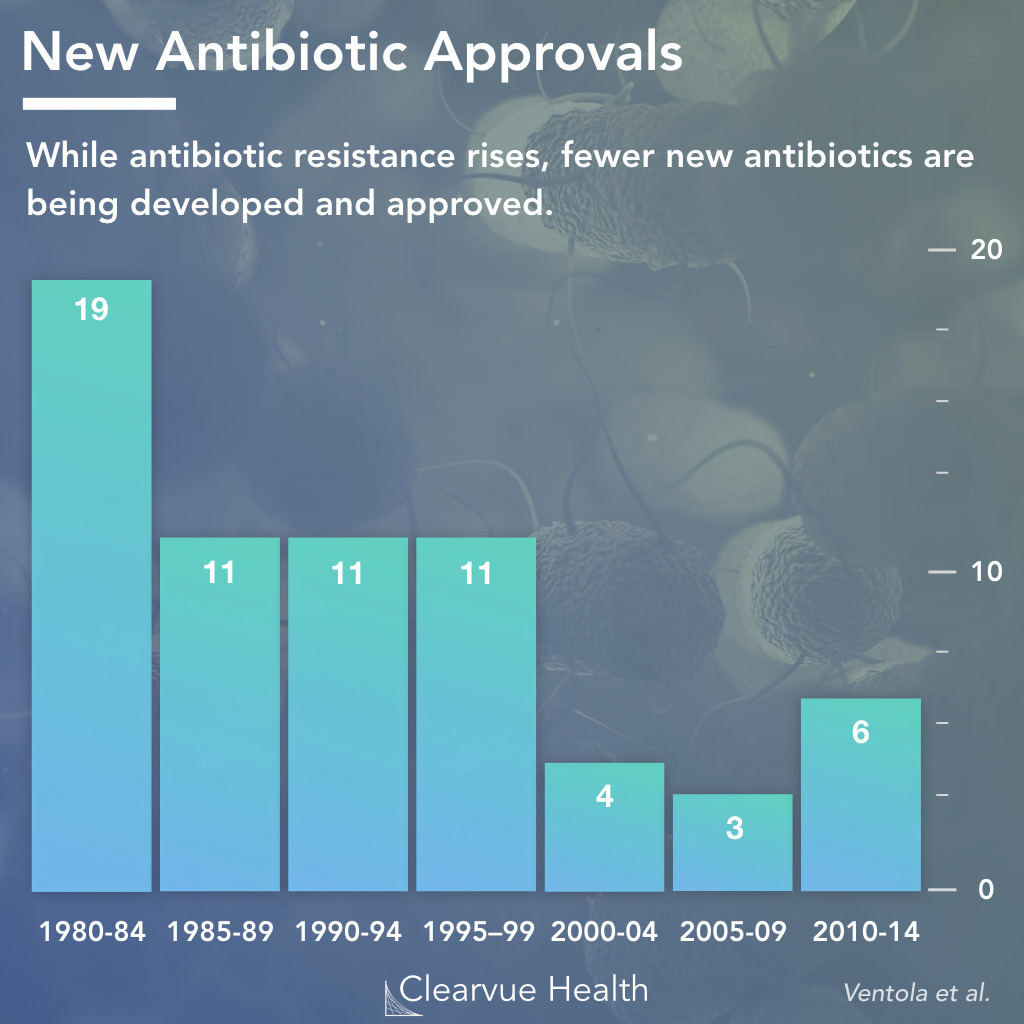
Figure 2: FDA Antibiotics Approval Trends from the 1980s to 2010s. While antibiotic resistance rises, fewer new antibiotics are being developed and approved. Each bar is scaled to the number of drugs developed in the given 5-year period.
As bacteria develop resistance to more and more drugs, pharmaceutical companies are developing fewer new drugs.
Antibiotic approvals have declined significantly over the past 3 decades. For most patients, we rely on drugs that are decades old. As bacterial resistance grows, we risk running out of treatment options for patients that have strongly resistant bacteria.
There are many reasons behind this. Drugs have become very expensive to develop. Other types of drugs, such as cancer treatments, often make more money than antibiotics.
Source: The Antibiotic Resistance Crisis
Implications for Food Safety
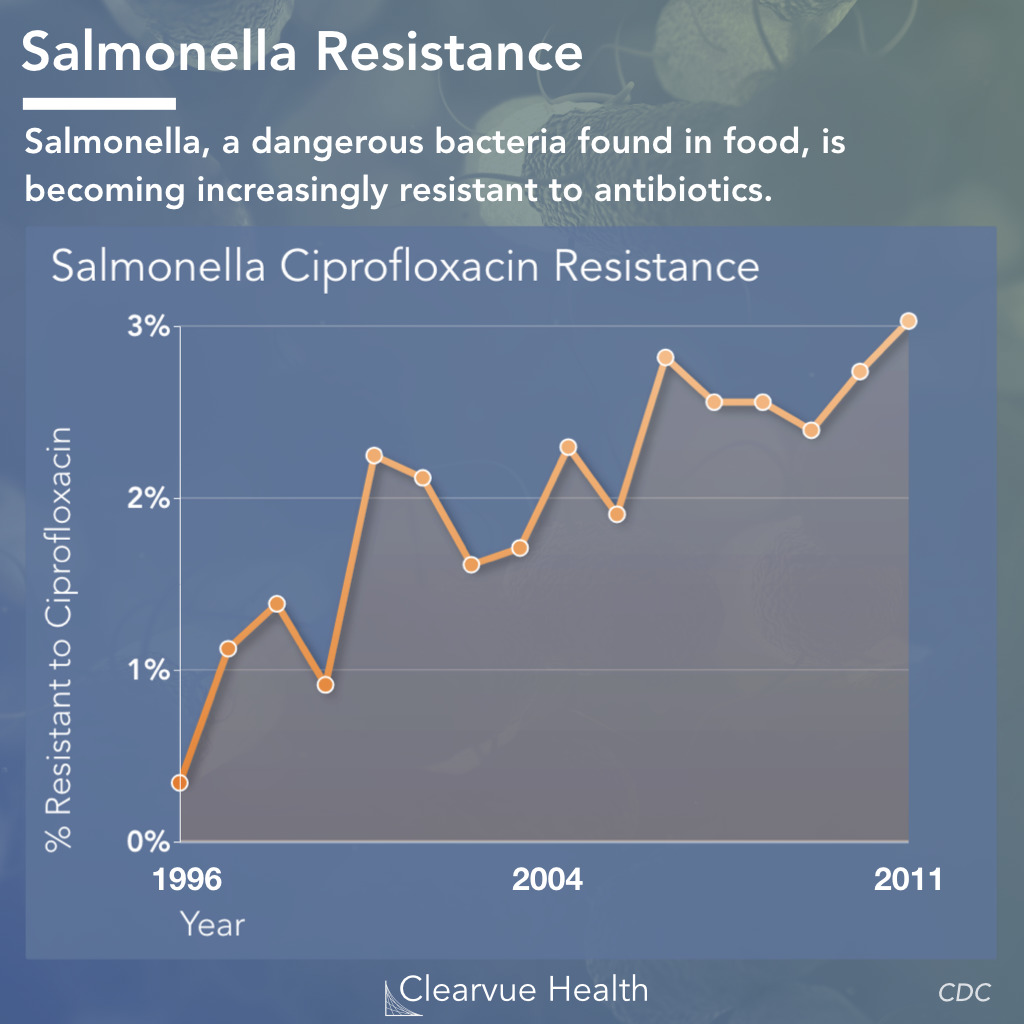
Figure 3: Resistance to Ciprofloxacin in Salmonella. Salmonella has become increasingly resistant to a key antibiotic, ciprofloxacin. While the prevalence is low, resistance levels are growing rapidly.
The development of antibiotic resistance in bacteria carries significant implications for a wide range of issues including food safety and sexual health.
Salmonella is a bacteria that often infects us through undercooked and contaminated foods. If you've ever heard of people getting sick from undercooked chicken or raw eggs, it may be from salmonella.
Recently, salmonella has shown rapidly increasing resistance to ciprofloxacin and ceftriaxone, key antibiotics used to fight it.
Source: CDC Antibiotic/Antimicrobial Threats Report
Implications for Sexual Health
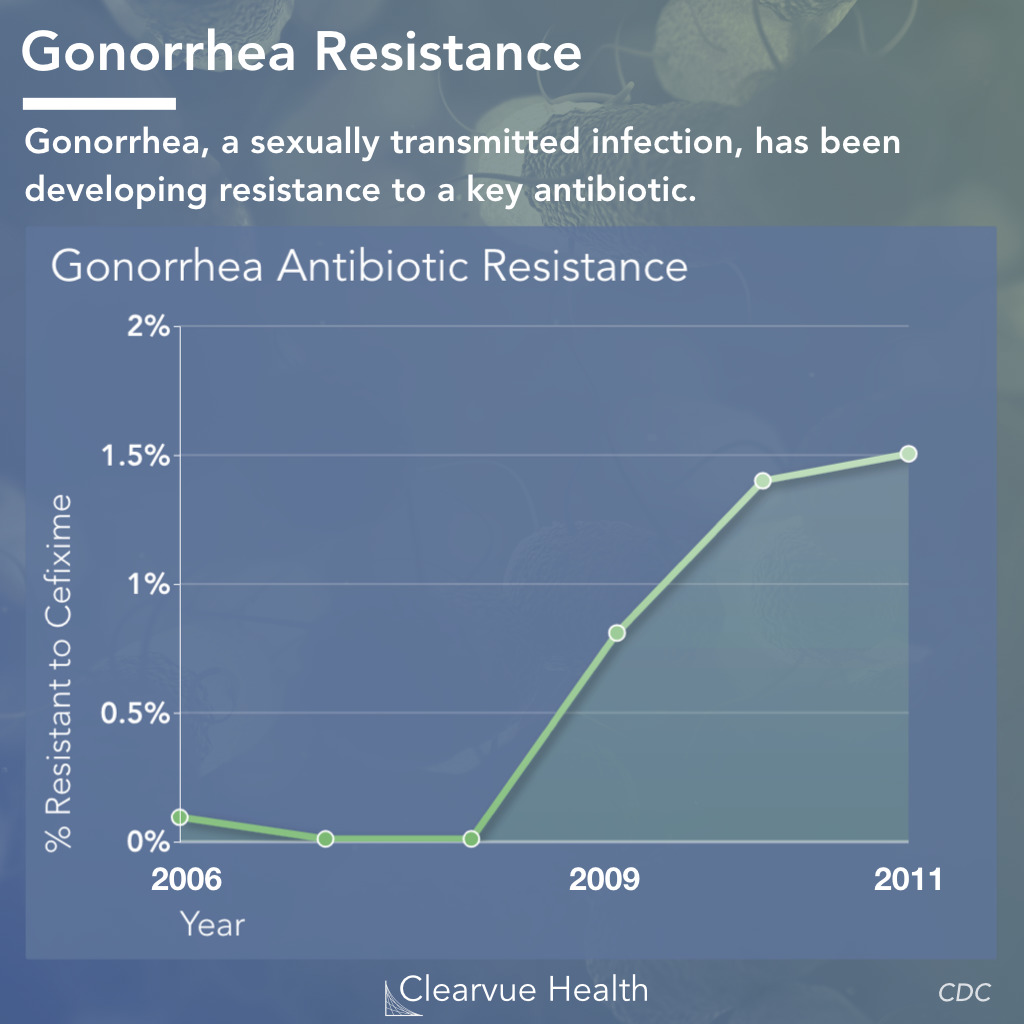
Figure 4: Resistance to Cefixime in Gonorrhea. Gonorrhea, the sexually transmitted infection, has rapidly developed resistance to multiple classes of antibiotics. Cephalosporins, one of the best remaining treatment options, has quickly become ineffective for some gonorrhea patients.
Gonorrhea, the sexually transmitted infection, is in fact one of the most resistant types of bacteria. This rapidly evolving pathogen has quickly built up defenses to many of our strongest antibiotics.
As the CDC puts it:
“
Cephalosporin-resistant N. gonorrhoeae is often resistant to multiple classes of other antibiotics and as a result, infections caused by these bacteria will likely fail empiric treatment regimens. If cephalosporin-resistant N. gonorrhoeae becomes widespread, the public health impact during a 10-year period is estimated to be 75,000 additional cases of pelvic inflammatory disease (a major cause of infertility), 15,000 cases of epididymitis, and 222 additional HIV infections because HIV is transmitted more readily when someone is co-infected with gonorrhea.
CDC
Source: CDC Antibiotic/Antimicrobial Threats Report
Related: Antibiotic Allergies are Over Diagnosed
Did you know that 95% of Penicillin allergies may be false positives? 10% of Americans are diagnosed as having a penicillin allergy. In reality, only 5% are actually unable to take penicillin based antibiotics. This over diagnosis leads to patients not getting the antibiotics they need, and potentially exposes patients to risky side effects.
Related: Microbiome and the Brain
Did you know that you have more bacterial cells in your body than human cells? Not all bacteria are infectious. Your gut bacteria have been shown to play a role in your metabolism and weight. Now, new research shows that they may be important for kids' development as well.
Key Takeaways
Antibiotic resistance is a significant public health issue. Global leaders are sounding the alarm on this issue.
“
We need more investment in research and development for new antibiotic treatments. Otherwise, we could lose the cornerstone of modern medicine, and infections and minor injuries which have been treatable may once again kill. But we also need to change the way we are using new antibiotics to slow down resistance building."
Dr. Marie-Paule Kieny, WHO
Global Antibiotic Research & Development Partnership (GARDP) garners key financial support for launch
Fortunately, this issue is entirely solvable. We've gotten better at developing drugs and there is no lack of ideas on how to better treat bacteria. As society, we just need the willpower to invest in and tackle this issue.




